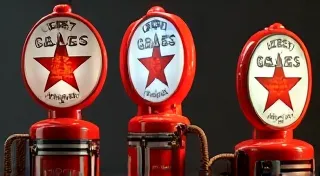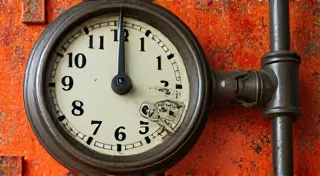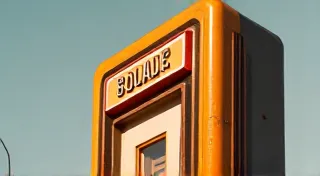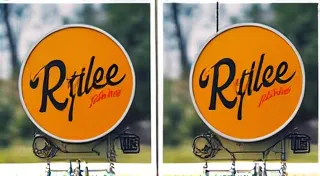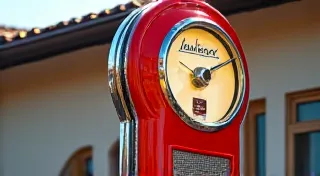The Art of Sign Reproduction: When is it Acceptable?
The world of vintage gas pump signs is a passionate one. Collectors, restorers, and enthusiasts alike are drawn to the history, design, and rarity of these iconic pieces of Americana. However, a contentious issue frequently arises within the community: reproduction signs. The question isn't simply *can* they be made, but *should* they be, and if so, under what circumstances? This article delves into the ethics, legality, and market impact of reproducing vintage gas signs, exploring the nuances of this complex issue.
The Allure of the Past: Why Reproductions Exist
The desire for reproductions stems from several factors. Firstly, genuine vintage gas signs, especially those in desirable condition, are often incredibly expensive. A 1930s Sinclair Dixie sign could easily fetch tens of thousands of dollars, putting them far beyond the reach of many enthusiasts. Reproductions offer a more affordable way to incorporate these classic designs into a collection or restoration project.
Secondly, scarcity plays a significant role. Some signs were produced in limited quantities and have since been lost to time or destroyed. Reproductions provide a means of preserving the visual heritage of gas stations and roadside architecture, even if they aren't original.
Finally, restoration itself can necessitate reproduction elements. Severe damage, missing sections, or irreversible deterioration of a genuine sign often require the creation of replacement panels or graphics to complete the restoration. While restorers strive to maintain authenticity whenever possible, sometimes reproduction is the only viable solution.
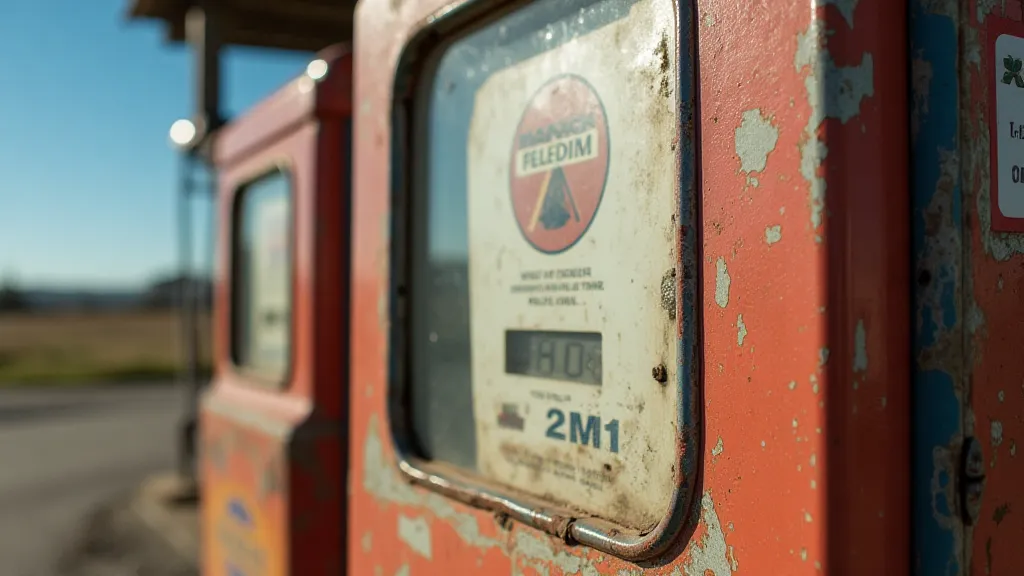
The Ethical Considerations: Authenticity and Deception
The core of the controversy surrounding reproductions lies in the ethics of authenticity. Many collectors place a high value on the historical integrity of their signs. The knowledge that an item is original, created during a specific era and reflecting the manufacturing techniques of that time, adds significantly to its value and appeal. Reproductions, by their very nature, lack this provenance.
The most serious ethical concern arises when reproductions are misrepresented as originals. This is considered deceptive and potentially fraudulent, especially if the seller knowingly attempts to deceive a buyer into believing they are purchasing an authentic antique. Transparency is paramount. Sellers who offer reproductions have a moral obligation to clearly and conspicuously disclose this fact. Terms like "reproduction," "replica," or "facsimile" should be used prominently in the description.
Furthermore, the quality of the reproduction also influences the ethical perception. A poorly made reproduction that doesn't accurately reflect the original design or materials can be seen as disrespectful to the original sign and the history it represents. Conversely, a high-quality reproduction, accurately mimicking the original's design, materials, and manufacturing techniques, may be viewed more favorably, particularly if it’s openly acknowledged as a reproduction.
The Legal Landscape: Copyright and Trademark
While the ethical considerations are significant, the legal aspects surrounding sign reproduction are more complex and vary depending on the specific sign and the jurisdiction. Generally, vintage signs pre-dating modern copyright laws (usually around the 1920s) are unlikely to be protected by copyright. This means that reproducing the graphic design itself is generally permissible.
However, trademark law introduces a different layer of complexity. Many gas companies, such as Shell, Texaco, and Sinclair, still hold trademark rights to their logos and branding. Reproducing a sign that prominently features a current trademark, even if the sign itself is vintage, can potentially infringe upon those rights. While the legal precedent is often unclear, companies can and sometimes do pursue legal action against those who use their trademarks without permission, especially in a commercial context.
Furthermore, some states have laws regarding the sale of counterfeit goods, which could apply to reproductions that are intentionally mislabeled as originals. The line between a reproduction and a counterfeit can be blurred, and sellers should be aware of the legal ramifications of their actions.
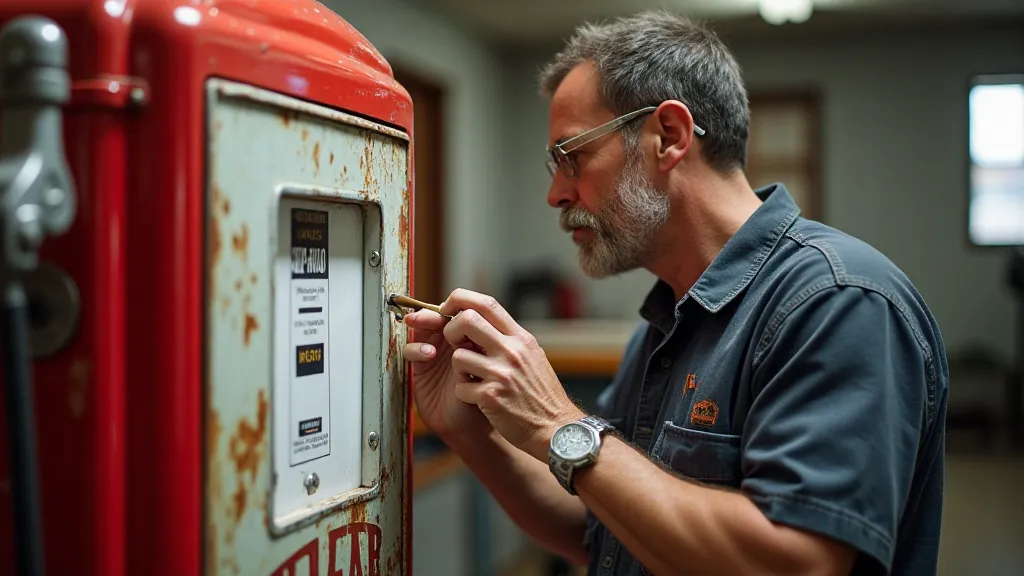
Impact on the Market: Dilution and Value
The proliferation of reproductions inevitably impacts the market for original vintage gas signs. While some argue that reproductions can stimulate interest in vintage signs and potentially drive up the demand for originals, others believe they dilute the market and devalue authentic pieces.
The risk of dilution is particularly acute when a large number of reproductions flood the market, making it more difficult for collectors to distinguish between originals and replicas. This can lead to a general decrease in the perceived value of vintage signs, even those that are authentic.
However, the impact isn't entirely negative. The existence of reproductions can also provide an entry point for new collectors, who might later develop a deeper appreciation for originals and be willing to invest in them as their knowledge and budget grow. Furthermore, well-made reproductions can serve as a valuable educational resource, allowing enthusiasts to study the design and manufacturing techniques of the original signs without the expense or risk of handling fragile antiques.
Responsible Reproduction: Best Practices
For those who choose to reproduce vintage gas signs, adhering to a set of best practices is crucial to minimize ethical and legal concerns and contribute positively to the vintage gas sign community:
- Transparency is Key: Always clearly and conspicuously identify the sign as a reproduction. Use terms like "reproduction," "replica," or "facsimile" in the description and avoid language that could imply authenticity.
- Accuracy Matters: Strive to reproduce the original design as accurately as possible, using appropriate materials and manufacturing techniques. This demonstrates respect for the original and provides a valuable educational resource.
- Avoid Trademark Infringement: Be cautious about reproducing signs that prominently feature current trademarks. Consider obtaining permission from the trademark holder if unsure.
- Respect the History: Recognize the historical significance of vintage gas signs and treat reproductions with the respect they deserve.
- Educate Others: Share your knowledge and passion for vintage gas signs with others, promoting authenticity and discouraging deceptive practices.
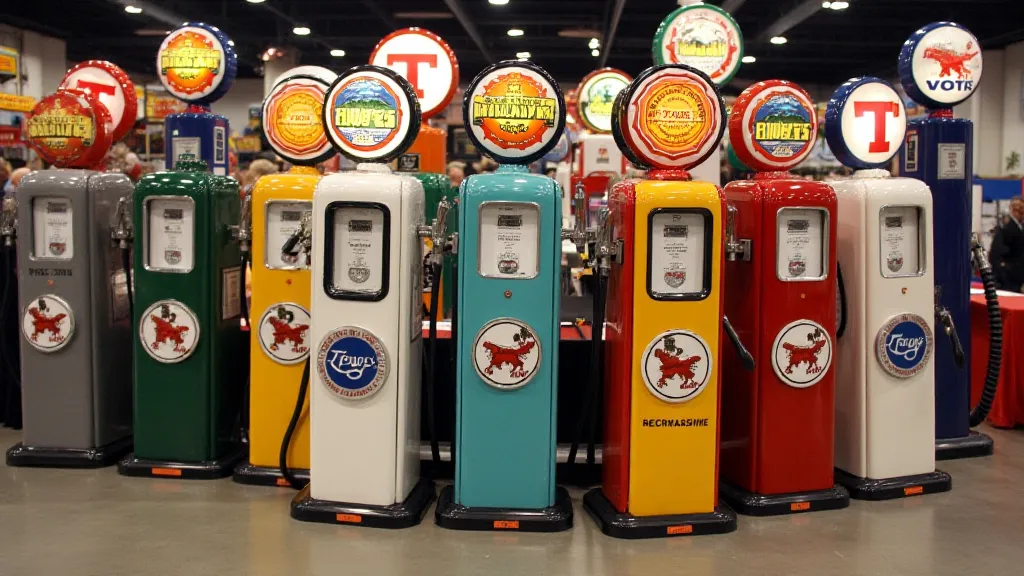
Conclusion: A Delicate Balance
The question of whether and when it is acceptable to reproduce vintage gas signs is a nuanced one, demanding careful consideration of ethical, legal, and market factors. While reproductions can provide affordable access to classic designs and preserve visual heritage, transparency and respect for authenticity are paramount. By adhering to best practices and engaging in open communication within the vintage gas sign community, we can strike a delicate balance that benefits both collectors and enthusiasts alike, ensuring the continued appreciation of these iconic pieces of Americana.
